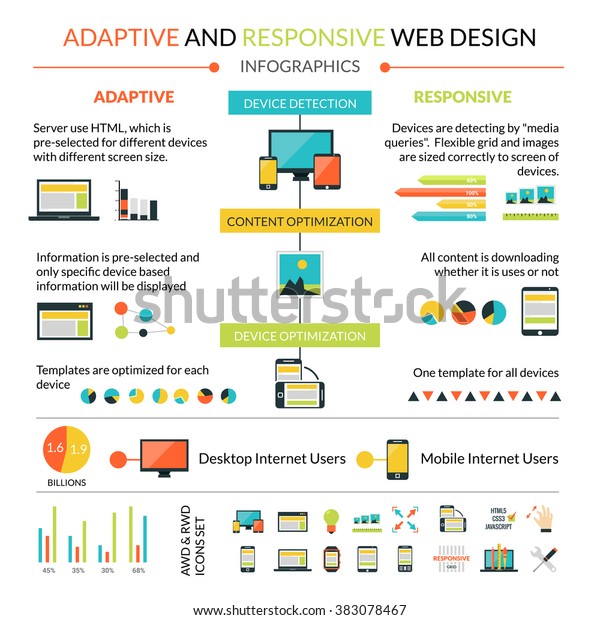Core Concepts Of Internet Site Style: Guidance For Crafting A User-Friendly Online Existence
Core Concepts Of Internet Site Style: Guidance For Crafting A User-Friendly Online Existence
Blog Article
Web Content Author-Hall Thorpe
When it concerns site style, making sure user-friendliness is essential. From receptive design to structured navigating, every element plays a critical duty in producing a site that caters to your target market's requirements. But what concerning the better information that can make or break a customer's surfing experience? Remain tuned as we uncover some often-overlooked tips that can elevate your web site's use to the following degree, making it really stand out in the electronic landscape.
Importance of Responsive Style
Responsive layout is a crucial facet of modern-day site development. Ensuring your website is receptive methods that it can adapt to various display sizes and tools, providing a smooth experience for users.
With the enhancing use mobile phones and tablet computers to access the internet, having a responsive design is important for reaching a bigger target market. It assists in improving individual experience by making your site easy to browse and continue reading any type of device.
Additionally, responsive design can favorably influence your search engine positions, as search engines like Google prioritize mobile-friendly web sites. By having a responsive design, you're additionally future-proofing your internet site, as new tools with varying display dimensions continue to emerge.
Simplify Navigating Framework
To improve customer experience and help with very easy accessibility to information on your website, enhancing the navigating framework is vital. When developing your website, concentrate on developing a clear and instinctive navigation menu that assists visitors find what they're trying to find quickly.
Limit search engine optimization web design of food selection things to the fundamentals, grouping relevant web pages with each other to stay clear of overwhelming users. Use detailed labels that plainly suggest the material of each web page, making it easier for customers to understand where each link will take them.
Take into consideration carrying out dropdown menus for subcategories to prevent jumbling the main navigating bar. Additionally, include a search bar prominently on the page for customers who choose looking for certain details.
Focus on mobile responsiveness in your navigation style to guarantee easy gain access to on all tools.
Maximize Page Tons Speed
Improving page tons rate is essential for keeping visitors on your site. Slow-loading web pages irritate individuals and can bring about high bounce rates. To maximize web page load speed, beginning by maximizing images. try this site without jeopardizing high quality to decrease their documents dimensions.
Furthermore, enable web browser caching to store often accessed sources locally, speeding up tons times for returning site visitors. Minify CSS, JavaScript, and HTML documents by eliminating unneeded personalities, remarks, and formatting, improving tons speed.
Consider making use of a content distribution network (CDN) to disperse your website's material across several servers worldwide, reducing latency for customers accessing your site from various areas. Lastly, restrict using third-party scripts and plugins, as they can dramatically affect load times.
Verdict
Finally, by including responsive design, streamlining navigating, and maximizing web page load rate, you can create a straightforward internet site that appeals to a broader audience and boosts individual experience. These essential elements make sure that visitors can conveniently access and navigate your website throughout various devices, leading to raised interaction and complete satisfaction. By focusing on these essential elements, you can develop an effective site that keeps customers returning for even more.
